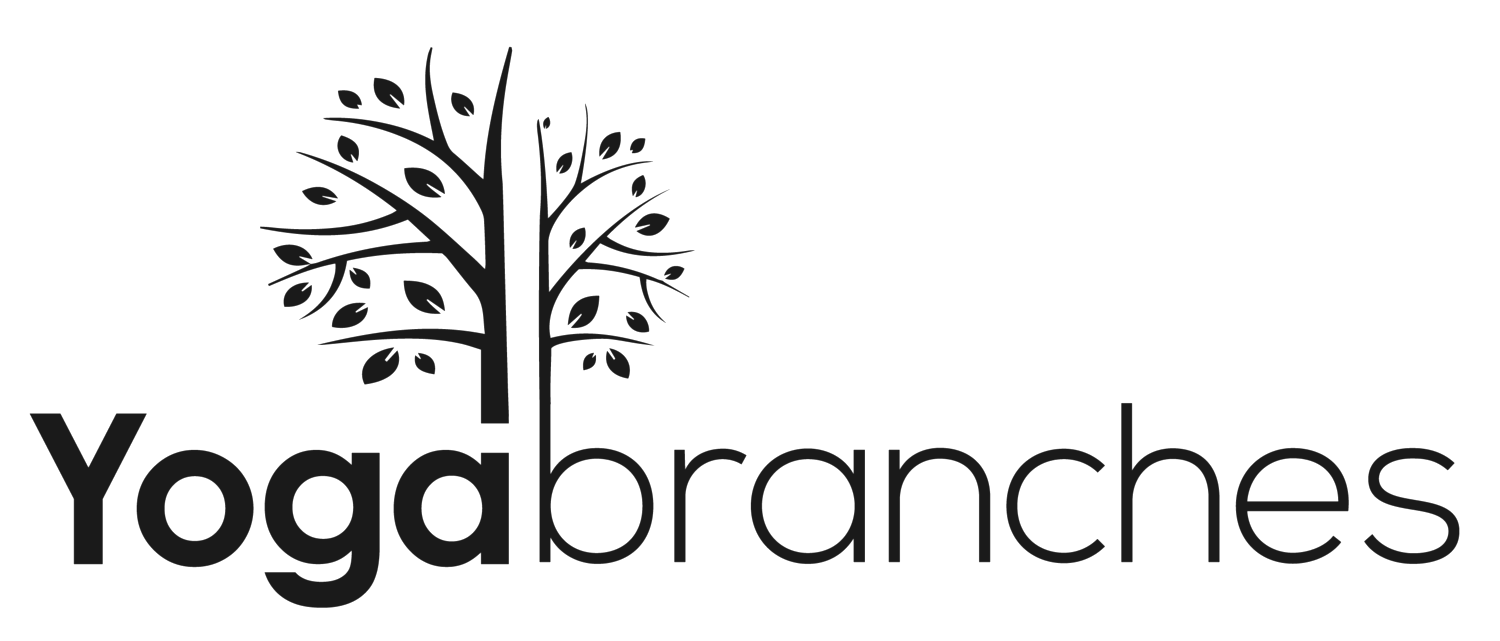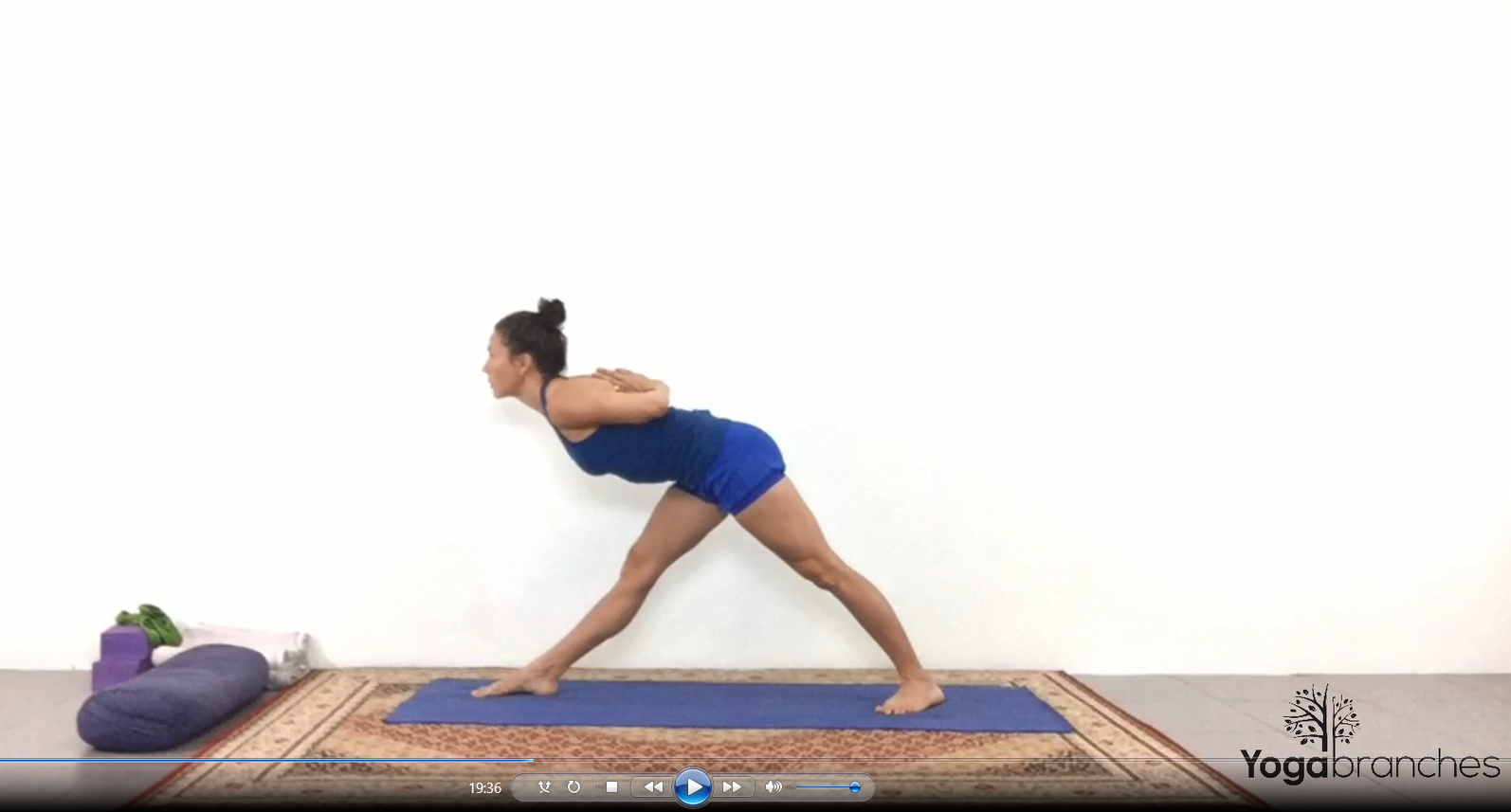How to Create a Challenging, Dynamic & Interesting Home Practice
/That’s a big mouthful and there is a lot to be said on all of these challenges in our home practice, but I know you are time poor and want some tips you can implement immediately into your practice to grow it.
That’s why I hosted a video masterclass. I wanted to give you a few tips you can take away and apply and get results. WATCH VIDEO BELOW
When we start a home practice we think it should be easy enough, ‘I know how to do the poses in class I’ll just do them at home’. But wow is there so much more to it than that.
A Challenging Practice
Many of us desire a practice that is challenging, like a challenging class where we get pushed to our limits and attempt poses we have not done before or that are new to us.
Let's be honest, your home practice is never going to leave you feeling how you do after a class. There are so many factors that are different mainly you don’t have an experienced teacher with a well thought out sequence driving you, you don’t have the energy of all the other students in the room… and the list goes on.
That aside there are things you can do to increase the challenge level in your practice but have a realistic expectation of what you can achieve on your own.
TIPS for a Challenging Practice
Be clear on your intention for your practice every time you practice
Plan your practice write the entire sequence out and know how you are starting what is going to lead you to the challenging poses and how you are going to wind down.
This energy is achieved in class because a teacher holds you in a pose longer and you repeat the pose more times than you are comfortable with. So you have to do just that
TIPS on Note Taking on a Class
Get the order of poses right because this is going to give you clues to know what poses prepare you for those more challenging poses.
Make notes on a few keys instructions given in the poses
Make note of the NOT poses in the sequence, all the bits in between the actual poses. These are preparing you for the poses.
A Dynamic Practice
As for a dynamic practice, it is not one that is band bang bang from start to finish. It's a practice that has quite parts, loud parts, stillness and movement.
We need to consider the sequence as a whole and how including different properties within the sequence will stimulate growth in our practice.
TIPS on creating and incorporating Vignettes
Light on yoga is a great reference because the way the poses are ordered in the book can give you some clues and ideas
Create groups of 3-5 asana you can do more but they tend to lose the dynamic quality
Sprinkle them throughout your sequence to boost the energy of your sequence or when you feel your practice is stagnant.
Repeat them and do them in quick succession
Learn new ways to enter and exit poses
Lastly, you don’t have to always practice them quickly, the beauty I find of the vignette is how they create links and layer poses so we can go deeper in them, this is more understood when you do a vignette in slow motion.
An Interesting Practice
Is achieved by having a diverse range of resources to support your home practice.
I’m talking about pdf sequences, video sequences, audio sequence, class notes, workshop notes, pranayama, restorative, you want a whole range so that there is something for every day of the week depending on how you are feeling and what you need.
What also keeps out practice interesting is staying interested in it. Practicing yoga, stilling the fluctuations of the mind and keeping our focus on our body and breath throughout the practice is incredibly interesting… if you can do it.
it takes practice and…
TIPS on Staying Focused for an interesting Practice
On the mat - Feel your body in the asana instead of just doing the asana. We are a doing society, so when you are on the mat can you shift from doing mode to observing and feeling mode?
Use the tools of breath and alignment help to bring concentration to the body so can feel the wholeness of the pose rather than just a mechanical doing.
On the mat practice with effort and discipline, then pause, observe and study yourself and, then at some point we can learn the quality of surrender.
WATCH THE FULL MASTERCLASS BELOW
GET ACCESS TO THE HOME YOGA PRACTICE MEMBERSHIP HERE











